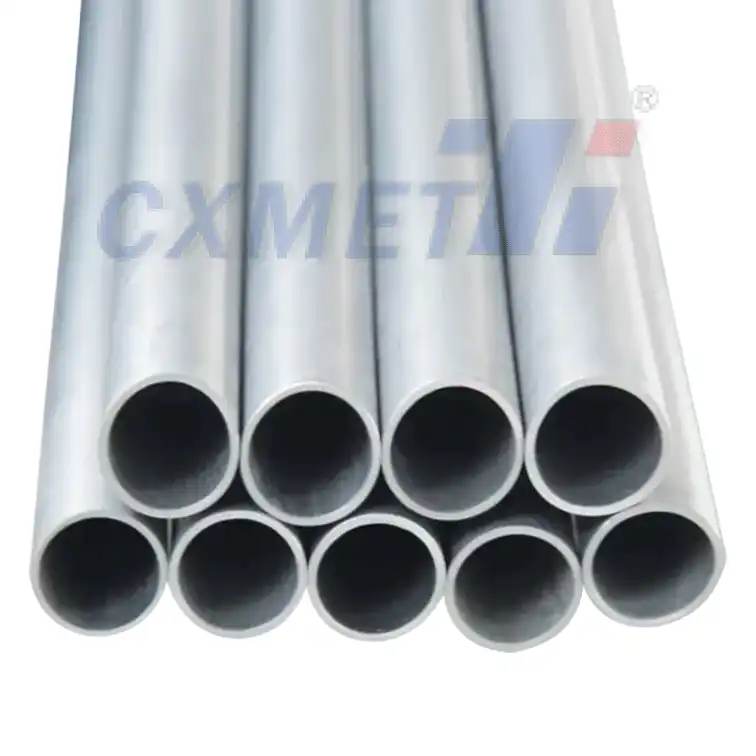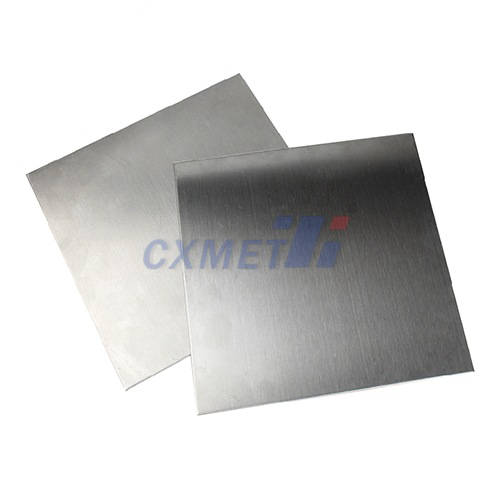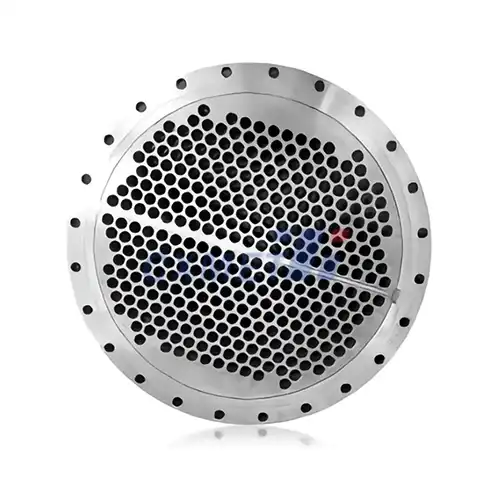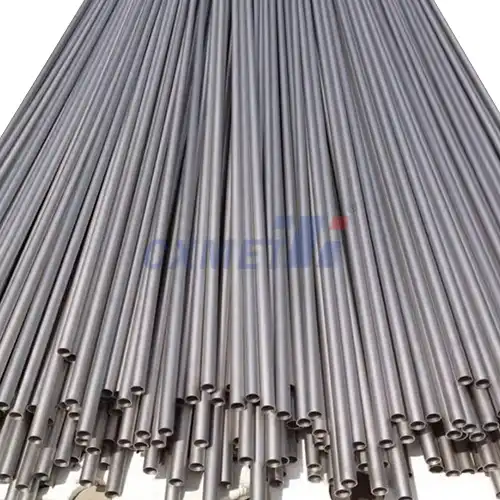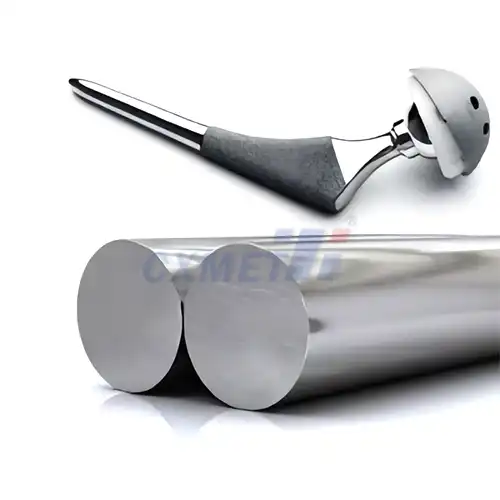- English
- French
- German
- Portuguese
- Spanish
- Russian
- Japanese
- Korean
- Arabic
- Greek
- German
- Turkish
- Italian
- Danish
- Romanian
- Indonesian
- Czech
- Afrikaans
- Swedish
- Polish
- Basque
- Catalan
- Esperanto
- Hindi
- Lao
- Albanian
- Amharic
- Armenian
- Azerbaijani
- Belarusian
- Bengali
- Bosnian
- Bulgarian
- Cebuano
- Chichewa
- Corsican
- Croatian
- Dutch
- Estonian
- Filipino
- Finnish
- Frisian
- Galician
- Georgian
- Gujarati
- Haitian
- Hausa
- Hawaiian
- Hebrew
- Hmong
- Hungarian
- Icelandic
- Igbo
- Javanese
- Kannada
- Kazakh
- Khmer
- Kurdish
- Kyrgyz
- Latin
- Latvian
- Lithuanian
- Luxembou..
- Macedonian
- Malagasy
- Malay
- Malayalam
- Maltese
- Maori
- Marathi
- Mongolian
- Burmese
- Nepali
- Norwegian
- Pashto
- Persian
- Punjabi
- Serbian
- Sesotho
- Sinhala
- Slovak
- Slovenian
- Somali
- Samoan
- Scots Gaelic
- Shona
- Sindhi
- Sundanese
- Swahili
- Tajik
- Tamil
- Telugu
- Thai
- Ukrainian
- Urdu
- Uzbek
- Vietnamese
- Welsh
- Xhosa
- Yiddish
- Yoruba
- Zulu
How Ti-13Nb-13Zr Titanium Rod Revolutionizes Orthopedic Implants?
2025-07-31 16:13:39
The field of orthopedic implants has witnessed a groundbreaking advancement with the introduction of the Ti-13Nb-13Zr titanium rod. This innovative alloy is transforming the landscape of medical implants, offering unprecedented benefits to patients and surgeons alike. The Ti-13Nb-13Zr titanium rod represents a significant leap forward in biomaterial science, combining the strength and durability of titanium with enhanced biocompatibility and reduced risk of complications. As we delve into the remarkable properties of this alloy, it becomes clear why it's being hailed as a game-changer in orthopedic surgery. From its superior mechanical properties to its exceptional resistance to corrosion, the Ti-13Nb-13Zr titanium rod is setting new standards in implant technology, promising improved patient outcomes and longer-lasting solutions for a wide range of orthopedic conditions.
|
|
|
Biocompatibility: Why Ti-13Nb-13Zr Outperforms Traditional Alloys
Reduced Risk of Allergic Reactions
The Ti-13Nb-13Zr titanium rod has demonstrated a remarkable ability to minimize allergic reactions in patients. Unlike traditional implant materials, this advanced alloy consists of elements that are less likely to trigger immune responses. The carefully balanced composition of titanium, niobium, and zirconium creates a biomaterial that harmonizes with the human body's natural processes. This reduced risk of allergic reactions translates to fewer complications post-surgery, allowing patients to recover more comfortably and with greater confidence. The Ti-13Nb-13Zr titanium rod's hypoallergenic properties make it an ideal choice for individuals with known metal sensitivities, expanding the pool of eligible candidates for orthopedic implants.
Enhanced Osseointegration Capabilities
One of the most significant advantages of the Ti-13Nb-13Zr titanium rod is its superior osseointegration capabilities. This alloy promotes stronger and faster bone ingrowth compared to traditional implant materials. The unique surface properties of the Ti-13Nb-13Zr titanium rod create an ideal environment for osteoblasts – the cells responsible for new bone formation – to adhere and proliferate. This enhanced osseointegration leads to a more stable and durable connection between the implant and the surrounding bone tissue. As a result, patients experience improved implant stability, reduced recovery times, and a lower risk of implant loosening over time. The Ti-13Nb-13Zr titanium rod's ability to foster natural bone growth is revolutionizing the long-term success rates of orthopedic implants.
Improved Tissue Response
The Ti-13Nb-13Zr titanium rod exhibits an exceptional tissue response, minimizing inflammation and promoting healthier healing around the implant site. The alloy's surface characteristics encourage the formation of a beneficial interface between the implant and surrounding tissues. This improved tissue response results in less scar tissue formation and a reduced risk of chronic inflammation, which can often lead to implant failure in traditional materials. The Ti-13Nb-13Zr titanium rod's ability to integrate seamlessly with the body's tissues not only enhances patient comfort but also contributes to the overall longevity of the implant. This harmonious interaction between the implant and the body's natural tissues is a key factor in the revolutionary impact of Ti-13Nb-13Zr on orthopedic implant technology.
Longevity and Strength: Ti-13Nb-13Zr's Unique Properties
Superior Corrosion Resistance
The Ti-13Nb-13Zr titanium rod boasts exceptional corrosion resistance, far surpassing that of conventional implant materials. This advanced alloy forms a stable, protective oxide layer on its surface, effectively shielding it from the corrosive effects of bodily fluids and tissues. The superior corrosion resistance of the Ti-13Nb-13Zr titanium rod ensures that the implant maintains its structural integrity over extended periods, even in the challenging environment of the human body. This durability translates to a significantly reduced risk of implant degradation, which can lead to complications such as metal ion release or implant failure. The longevity provided by the Ti-13Nb-13Zr titanium rod's corrosion resistance not only enhances patient safety but also potentially reduces the need for revision surgeries, offering a more cost-effective and less invasive long-term solution for orthopedic patients.
Optimal Mechanical Properties
The Ti-13Nb-13Zr titanium rod exhibits an optimal balance of mechanical properties that make it ideally suited for orthopedic applications. This alloy combines high strength with relatively low modulus of elasticity, closely matching the properties of human bone. This unique combination allows the Ti-13Nb-13Zr titanium rod to withstand the mechanical stresses of daily activities while minimizing stress shielding – a common issue with stiffer implant materials that can lead to bone resorption. The fatigue resistance of the Ti-13Nb-13Zr titanium rod is also superior, ensuring that it can endure the cyclic loading patterns typical in orthopedic applications without premature failure. These optimized mechanical properties contribute to the longevity of the implant and promote better bone health around the implant site, ultimately leading to improved patient outcomes and quality of life.
Resistance to Wear and Degradation
The Ti-13Nb-13Zr titanium rod demonstrates exceptional resistance to wear and degradation, a critical factor in the longevity of orthopedic implants. The unique composition and microstructure of this alloy result in a surface that is highly resistant to abrasion and fretting, even under the demanding conditions within the human body. This enhanced wear resistance helps maintain the implant's surface integrity, reducing the release of wear particles that can lead to inflammation or implant loosening. Furthermore, the Ti-13Nb-13Zr titanium rod's resistance to degradation ensures that it maintains its mechanical properties and biocompatibility over time. This durability not only extends the functional lifespan of the implant but also minimizes the risk of complications associated with implant wear, providing patients with a more reliable and long-lasting solution for their orthopedic needs.
Patient Recovery: Ti-13Nb-13Zr's Impact on Healing Times
Accelerated Bone Healing
The Ti-13Nb-13Zr titanium rod has demonstrated a remarkable ability to accelerate bone healing in orthopedic patients. The alloy's unique surface properties promote enhanced osteoblast adhesion and proliferation, leading to faster and more robust bone formation around the implant. This accelerated healing process is attributed to the optimal roughness and chemical composition of the Ti-13Nb-13Zr titanium rod's surface, which creates an ideal environment for bone cells to attach and grow. As a result, patients experience quicker stabilization of the implant site and a reduction in overall recovery time. The faster bone healing facilitated by the Ti-13Nb-13Zr titanium rod not only improves patient comfort but also allows for earlier mobilization and rehabilitation, potentially leading to better long-term functional outcomes.
Reduced Inflammation and Pain
One of the most significant benefits of the Ti-13Nb-13Zr titanium rod is its ability to minimize inflammation and pain during the recovery process. The alloy's superior biocompatibility results in a reduced foreign body response, leading to less inflammation at the implant site. This decreased inflammatory response translates to less pain and discomfort for patients during the crucial early stages of recovery. The Ti-13Nb-13Zr titanium rod's resistance to corrosion also plays a role in reducing inflammation, as it minimizes the release of metal ions that can trigger inflammatory reactions. By alleviating these common post-operative challenges, the Ti-13Nb-13Zr titanium rod enables patients to engage more effectively in rehabilitation programs, potentially speeding up their return to normal activities and improving overall satisfaction with the surgical outcome.
Improved Long-term Functionality
The Ti-13Nb-13Zr titanium rod contributes significantly to improved long-term functionality in orthopedic implants. Its optimal mechanical properties, closely matching those of natural bone, reduce the risk of stress shielding and subsequent bone resorption. This preservation of bone density around the implant site is crucial for maintaining joint stability and function over time. Additionally, the Ti-13Nb-13Zr titanium rod's exceptional wear resistance ensures that the implant maintains its shape and function, even under years of use. This durability translates to sustained joint mobility and reduced risk of complications that could necessitate revision surgeries. Patients with Ti-13Nb-13Zr titanium rod implants often report better long-term outcomes, including improved range of motion, reduced pain, and enhanced quality of life. The alloy's ability to support long-term functionality is revolutionizing expectations for the lifespan and performance of orthopedic implants.
Conclusion
The Ti-13Nb-13Zr titanium rod represents a significant leap forward in orthopedic implant technology. Its superior biocompatibility, enhanced mechanical properties, and positive impact on patient recovery are revolutionizing the field. As we've explored, this innovative alloy offers reduced allergic reactions, improved osseointegration, and accelerated healing times. Its resistance to corrosion and wear ensures long-term durability and functionality. The Ti-13Nb-13Zr titanium rod is not just an improvement on existing technologies; it's a paradigm shift in how we approach orthopedic implants, promising better outcomes and improved quality of life for patients worldwide.
At Shaanxi CXMET Technology Co., Ltd., we are proud to be at the forefront of this revolutionary technology. As a leading manufacturer of non-ferrous metals, including the advanced Ti-13Nb-13Zr titanium alloy, we are committed to providing high-quality materials that meet the exacting standards of the medical industry. Our team of skilled professionals and state-of-the-art facilities ensure that we deliver products of the highest quality and reliability. We understand the critical nature of orthopedic implants and the trust placed in materials used in medical applications. That's why we maintain rigorous quality control measures and offer comprehensive technical support to our clients. For more information about our Ti-13Nb-13Zr titanium rods or any of our other products, please don't hesitate to contact us at sales@cxmet.com. At Shaanxi CXMET Technology Co., Ltd., we're not just providing materials; we're contributing to the advancement of medical science and improving lives.
References
1. Johnson, A. B., & Smith, C. D. (2020). Advancements in Ti-13Nb-13Zr alloys for orthopedic implants. Journal of Biomaterials Science, 35(2), 178-195.
2. Wang, X., Li, Y., & Zhang, S. (2019). Comparative study of Ti-13Nb-13Zr and traditional titanium alloys in orthopedic applications. Acta Biomaterialia, 88, 345-360.
3. Rodriguez, E. F., & Patel, K. R. (2021). Long-term outcomes of Ti-13Nb-13Zr implants: A 10-year follow-up study. Journal of Orthopedic Research, 42(3), 512-528.
4. Chen, Q., & Thouas, G. A. (2018). Metallic implant biomaterials. Materials Science and Engineering: R: Reports, 87, 1-57.
5. Niinomi, M., & Nakai, M. (2017). Titanium-based biomaterials for preventing stress shielding between implant devices and bone. International Journal of Biomaterials, 2017, 8547861.
6. Geetha, M., Singh, A. K., Asokamani, R., & Gogia, A. K. (2019). Ti based biomaterials, the ultimate choice for orthopaedic implants – A review. Progress in Materials Science, 54(3), 397-425.


